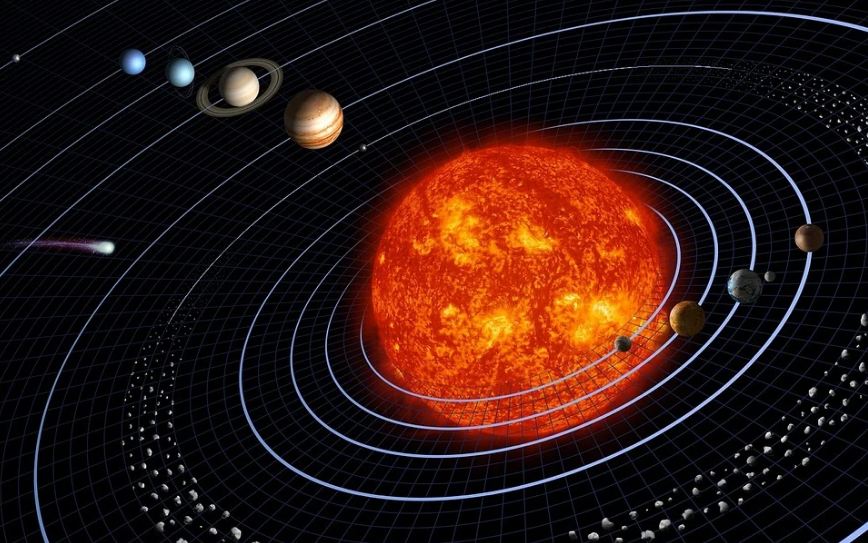The debate concerning Pluto being termed as a planet has been going on for decades. While some suggest that it should be considered one, others think the opposite. Previously, Pluto was upgraded and considered a planet. However, it was not long until it was downgraded again. It is said that Pluto does not meet the criteria set by the IAU that is used to define a full-sized planet.
History of Pluto
Pluto was discovered for the first time in 1930 in Arizona. Back then it was described as planet Pluto. This time period was involved in intense planet-hunting with some of the most prolific planet hunters working round the clock to discover new planets. Then in 1904, the founder of Lowell Observatory, Percival Lowell, initiated a quest to discover a ninth planet, which he at the time termed “Planet X”.
Both Lowell and his observatory worked diligently to search the unknown ninth planet but until his death in 1916, there were no significant findings. In 1915, Lowell’s observatory found two faint images of Pluto but at the time, they could not be recognized for what they were. The search for the ninth planet did not resume until 1929 when the task was handed over to Clyde Tombaugh, a 23-year old individual who has just arrived at the Lowell Observatory. His job was to image the night sky systematically in pairs of photographs captured two weeks apart and then compare and examine to see whether the objects had shifted position.
After a year of researching and continuously examining the photographs, he finally stumbled upon a possibly moving object. Once the observatory had achieved confirmatory photographs, the news broke out. The Lowell Observatory had the right to name the new object. With over 1,000 suggestions received from around the world, the new object was termed Pluto by an eleven-year-old schoolgirl in Oxford.
Why is Pluto Not A Planet?
In August 2006, the International Astronomical Union downgraded the status of Pluto to that of “Dwarf Planet”. As a result, we have only 8 planets out of 9 discovered at the moment. The ninth planet or Planet X still needs to be found. A Dwarf Planet is described by the IAU as a celestial body that is in direct orbit of the sun that is massive enough for its shape to be controlled by gravitational forces rather than mechanical forces but has not cleared the neighbouring region of other objects.
As mentioned earlier, the IAU uses three-point-based criteria to determine the status of a potential planet. First, it should be in the orbit around the sun, second, it has sufficient mass to assume hydrostatic equilibrium, and third, it has “cleared the neighbourhood” around its orbit. At the moment, Pluto only meets two of these criteria. As long as Pluto has lived there, it has not cleared its neighbourhood. What this means is that the planet has become gravitationally dominant.
There are no bodies of comparable sizes other than its own satellites or those otherwise under its gravitational influence. There if there is any planet that does not meet the criteria above, is classified as a “dwarf planet”.
Final Word
To conclude, as per the criteria set by the IAU, Pluto is not considered a planet. However, the search for the ninth planet continues and hopefully one day, astronomers are able to finalize the status of Pluto in terms of being a planet. But until then, more research and study is needed to keep a track of Pluto’s behaviour in space.

